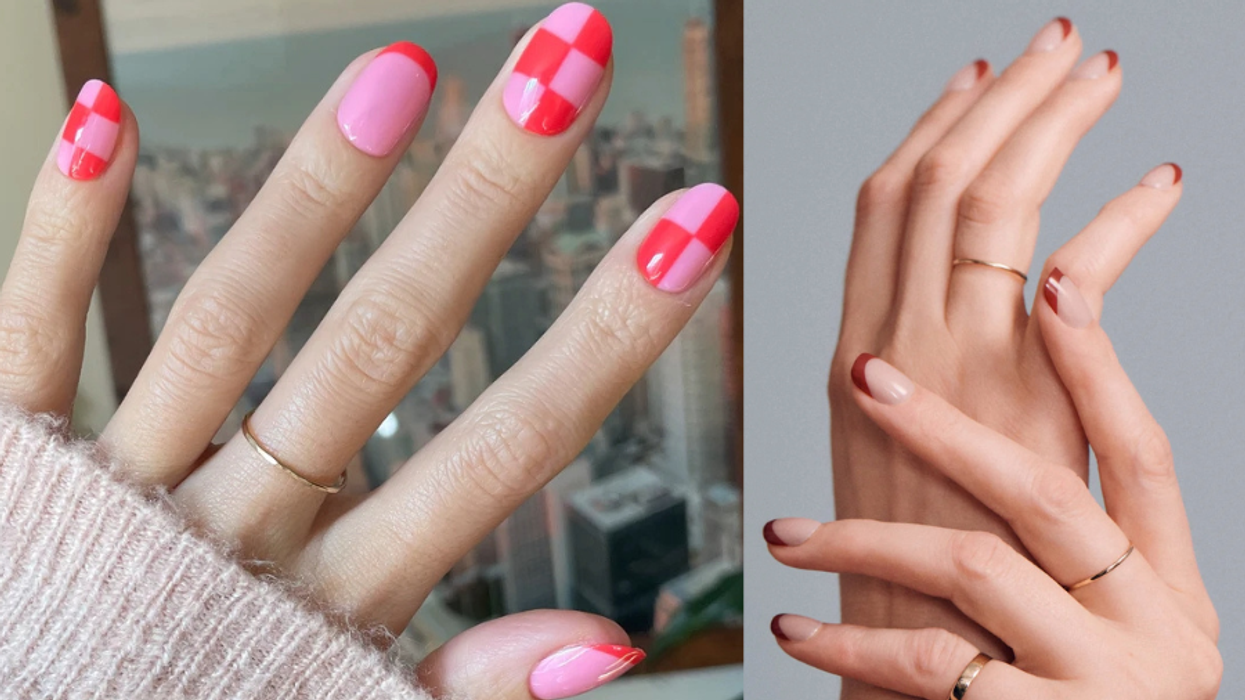It’s lit.
The Pros Explain How You Should *Really* Be Using Statement Lighting At Home
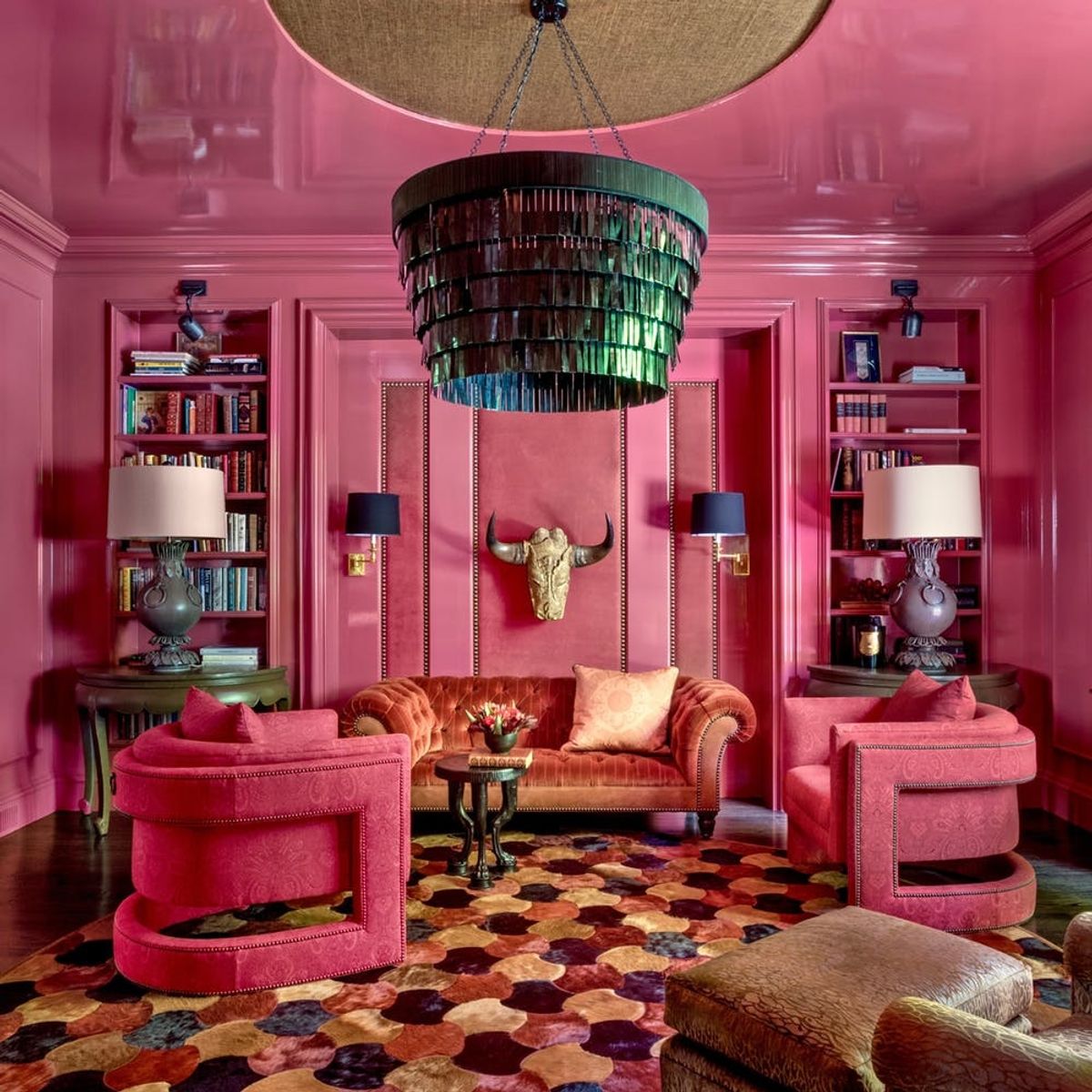
“Statement lighting” is one of those phrases that comes up a lot on HGTV and home design blogs, but we’ve never been 100 percent sure what it means — except that we’re pretty sure it *doesn’t* refer to those sculptural paper-shaded IKEA lamps we used to light our first apartments. Now that we’ve aged out of globe lanterns and twinkle lights, some professional guidance is in order. That’s why we caught up with Harriet Maxwell Macdonald, co-founder and creative director of woman-owned statement lighting powerhouse OCHRE, and Michael Amato, creative director of The Urban Electric Co., to get statement lighting tips for those of us who are ready to make our #adulting status official.

(Photo via Urban Electric)
1. Define statement. “Statement lights don’t have to be loud in order to be expressive — especially if you don’t have the highest ceiling,” Amato tells us. Just because you don’t have a grand foyer or a formal dining room doesn’t mean you have to skip this design element altogether. “Statement lighting can be an unexpected finish, clean lines, or a pop of color — this is all the punctuation a room needs,” he says. Don’t feel pressured to splurge on a Sputnik chandelier if it’s not your style. A simple, well-designed piece can make just as big an impact.
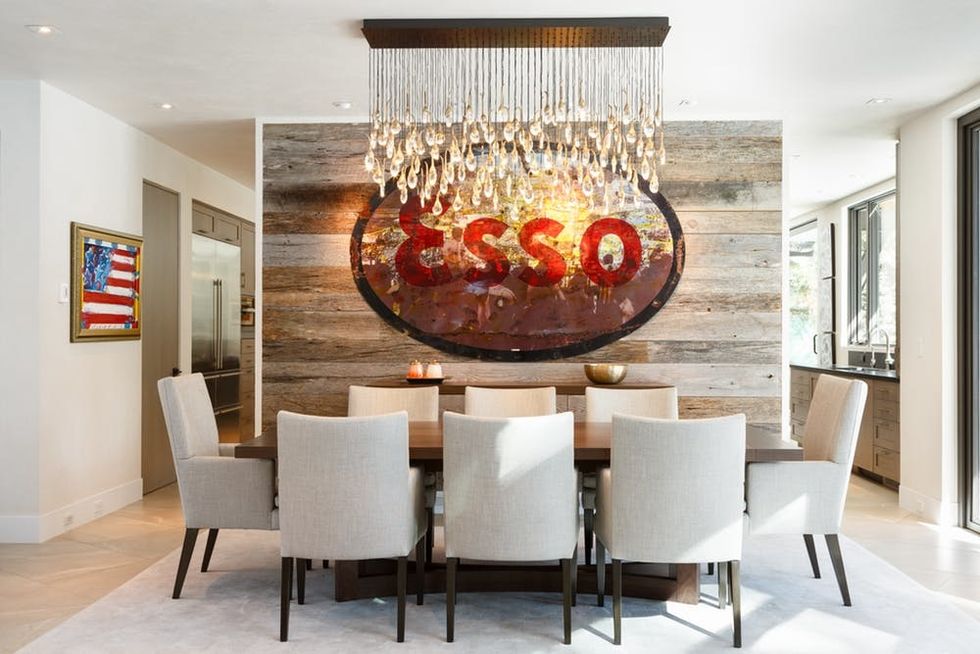
(Photo via JC Buck for Matter Planning + Design)
2. Go for function, not just fashion. Unlike a great piece of art, lighting serves a huge functional purpose as well — one that can completely transform the look and feel of a room. “Lighting sets the tone for the entire space; it dictates the ambiance and mood,” says Amato. Think about the main operations of a given room and be sure to align your lighting choices to that. For instance, Macdonald strongly advises dimmers in the dining room: “Bright light is incredibly offputting when you’re eating, and horribly unromantic. If you can just about see your food, I always think that’s ideal,” she suggests.
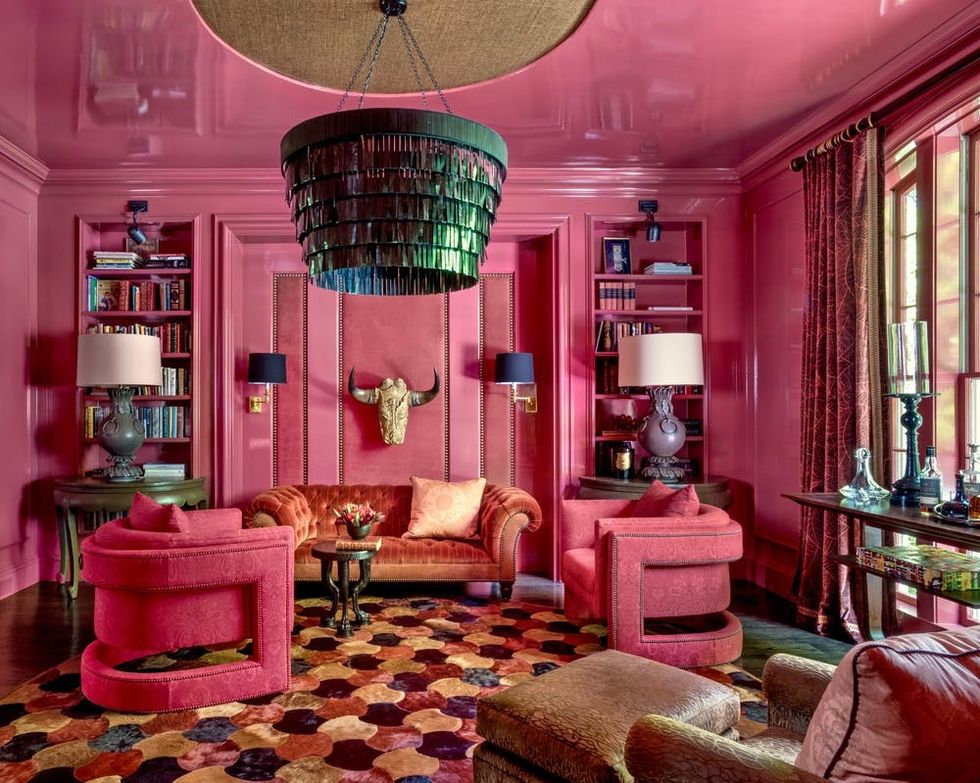
(Photo via Peter Vitale for Barry Dixon)
3. Keep it in context. Both Amato and Macdonald emphasize the importance of scale and proportion when selecting a piece. “For a room with high ceilings, create a focal point that adds visual interest to the space,” advises Macdonald — it will keep the room from feeling too cavernous. Alternately, for low ceilings, she says, look for “landscape-oriented lighting that still makes a big impact but doesn’t compromise the room above your sofa.” Amato also notes that the surrounding style of the home can be an important reference point: “A great statement light supports the architectural accents, and accentuates the decorative elements in the space,” he says.
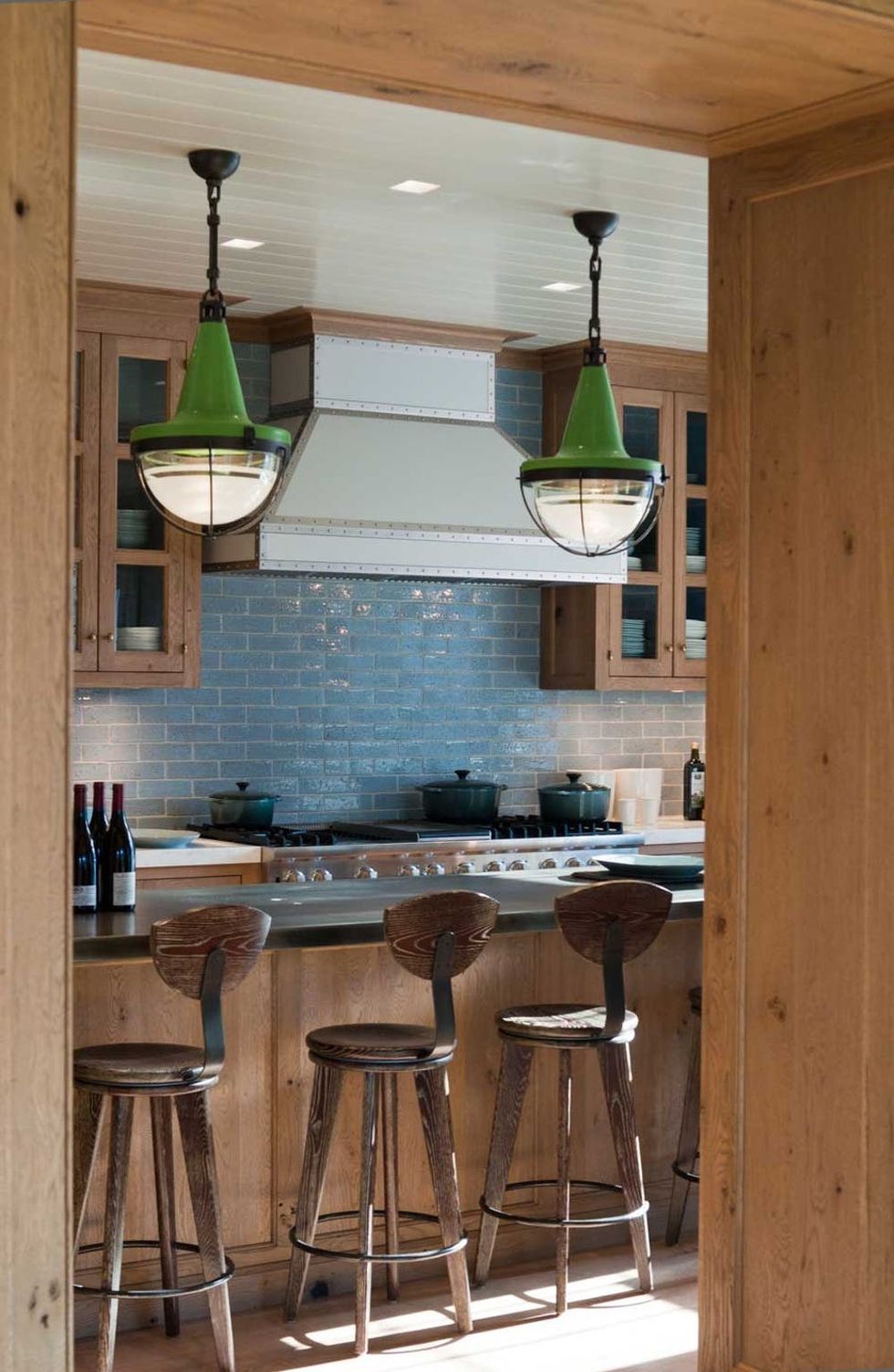
(Photo via Urban Electric)
4. Consider color. While many of us may instinctively assume light fixtures will be neutral or metallic, Amato says that colorful options are gaining steam. “The biggest trend within statement lighting at the moment is the incorporation of color. Color is foundational. It’s about making the lights a part of the overall design. With colorful statement lights, they create an environment as much as the enhance and illuminate it,” he tells us. Um, no argument here — we’re color lovers through and through.
RELATED: The Minimalist Brass-Filled Lighting Collection We Can’t Wait To Get Our Hands On
Brit + Co may at times use affiliate links to promote products sold by others, but always offers genuine editorial recommendations.



